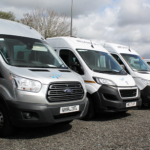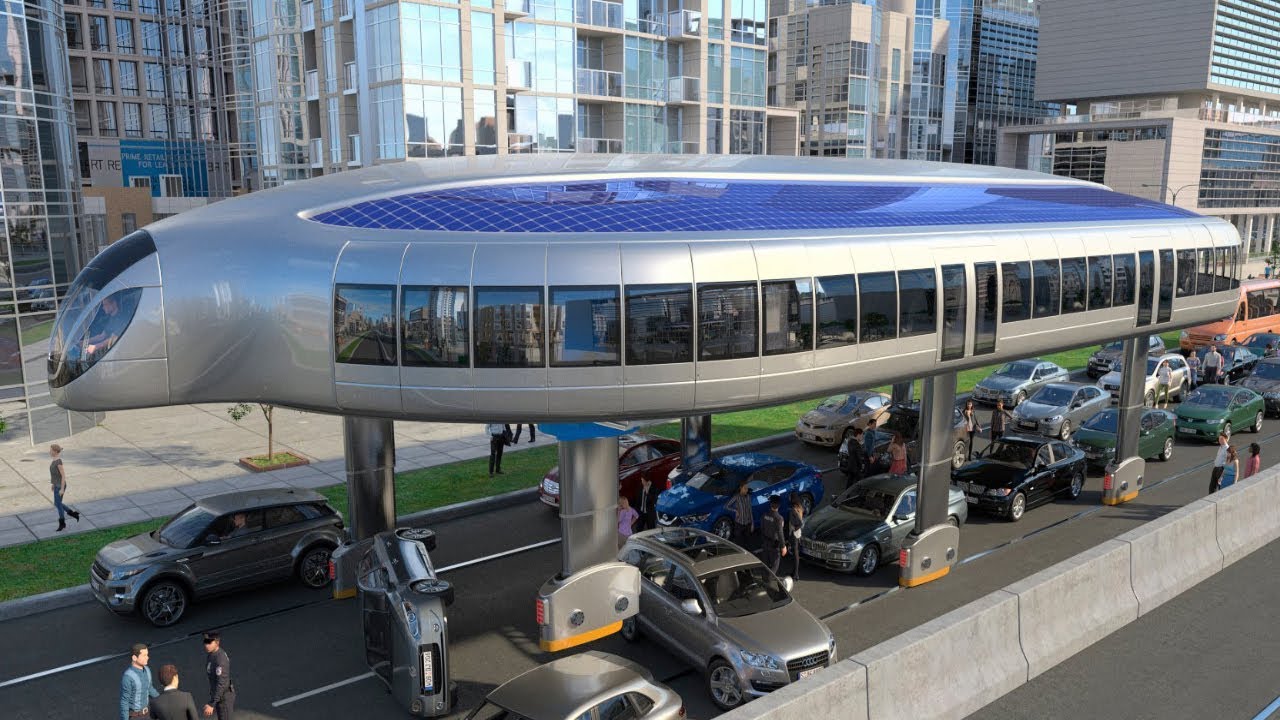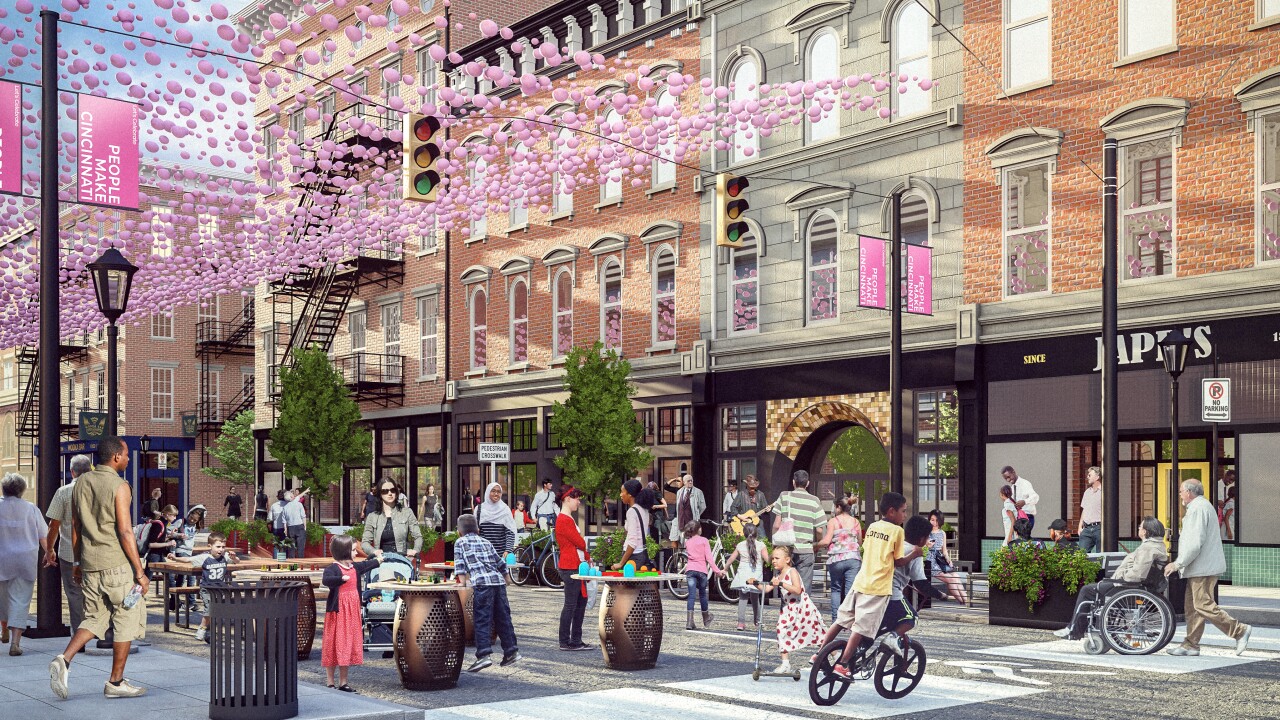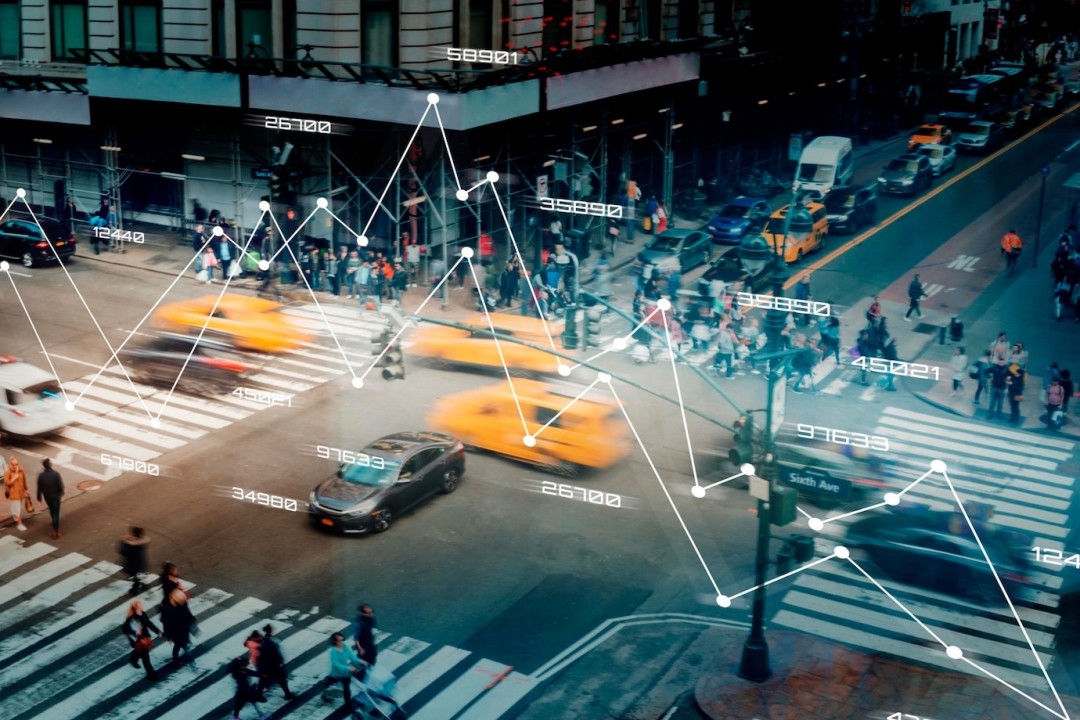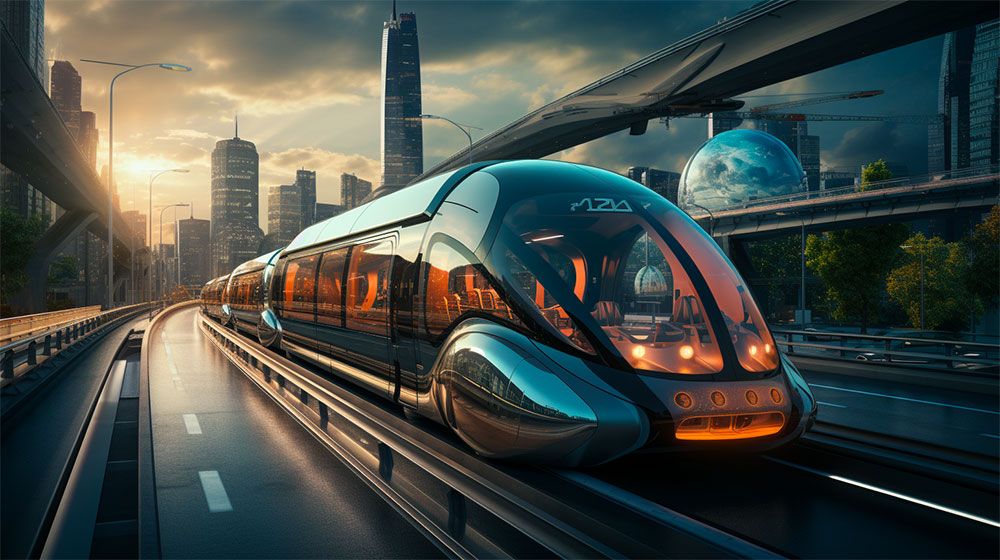As cities around the world continue to grow and evolve, the future of public transport becomes an increasingly important topic. With the rise of environmental concerns, technological advancements, and changing urban landscapes, public transportation systems are at a crossroads. What does the future hold for public transport? Let’s delve into the trends and innovations shaping the next generation of urban travel.
Sustainability at the Forefront
Environmental sustainability is a key driver in the evolution of public transport. Electric buses, solar-powered stations, and energy-efficient train systems are becoming more prevalent. Cities are also exploring ways to reduce their carbon footprint by integrating multimodal transport networks, encouraging residents to shift from private vehicles to public options.
Technological Integration
Technology is playing a pivotal role in transforming public transport. From contactless payments and mobile ticketing to real-time tracking apps, the focus is on enhancing user convenience and operational efficiency. Autonomous buses and AI-driven traffic management systems are no longer a distant dream but are gradually becoming a reality.
Accessibility and Inclusivity
Modern public transport systems are increasingly focusing on accessibility. Designing for inclusivity – ensuring that elderly, disabled, and other marginalized groups have easy access to public transport – is a growing priority. Features like low-floor buses, tactile paving, and audio-visual aids are becoming standard in many cities.
Expanding Rapid Transit Networks
The expansion of rapid transit networks, like metros and light rail, is a trend in many urban areas. These systems offer a fast, reliable alternative to traditional buses and are pivotal in reducing traffic congestion. They also play a crucial role in shaping urban development and land use patterns.
The Role of Data and Analytics
Data analytics is revolutionizing how public transport systems are managed and improved. By analyzing passenger data, transit authorities can optimize routes, reduce wait times, and enhance overall service quality. Big data is also crucial in predictive maintenance of infrastructure, ensuring reliability and safety.
Public-Private Partnerships (PPPs)
PPPs are becoming more common in the development and operation of public transport infrastructure. These partnerships can lead to innovative funding solutions, combining public oversight with private sector efficiency and expertise.
A Shift Towards Multimodal Journeys
Finally, the future of public transport lies in seamless integration with other modes of transport. Combining buses, trains, bike-sharing systems, and even ride-hailing services to create a cohesive journey is the way forward. This holistic approach not only improves mobility but also enhances the overall user experience.
Conclusion
The future of public transport is undoubtedly exciting, filled with opportunities and challenges. As we move towards more sustainable, efficient, and inclusive transportation systems, the way we navigate our cities will continue to evolve. Embracing innovation while keeping the focus on the needs of the community will be key in shaping the public transport of tomorrow.
